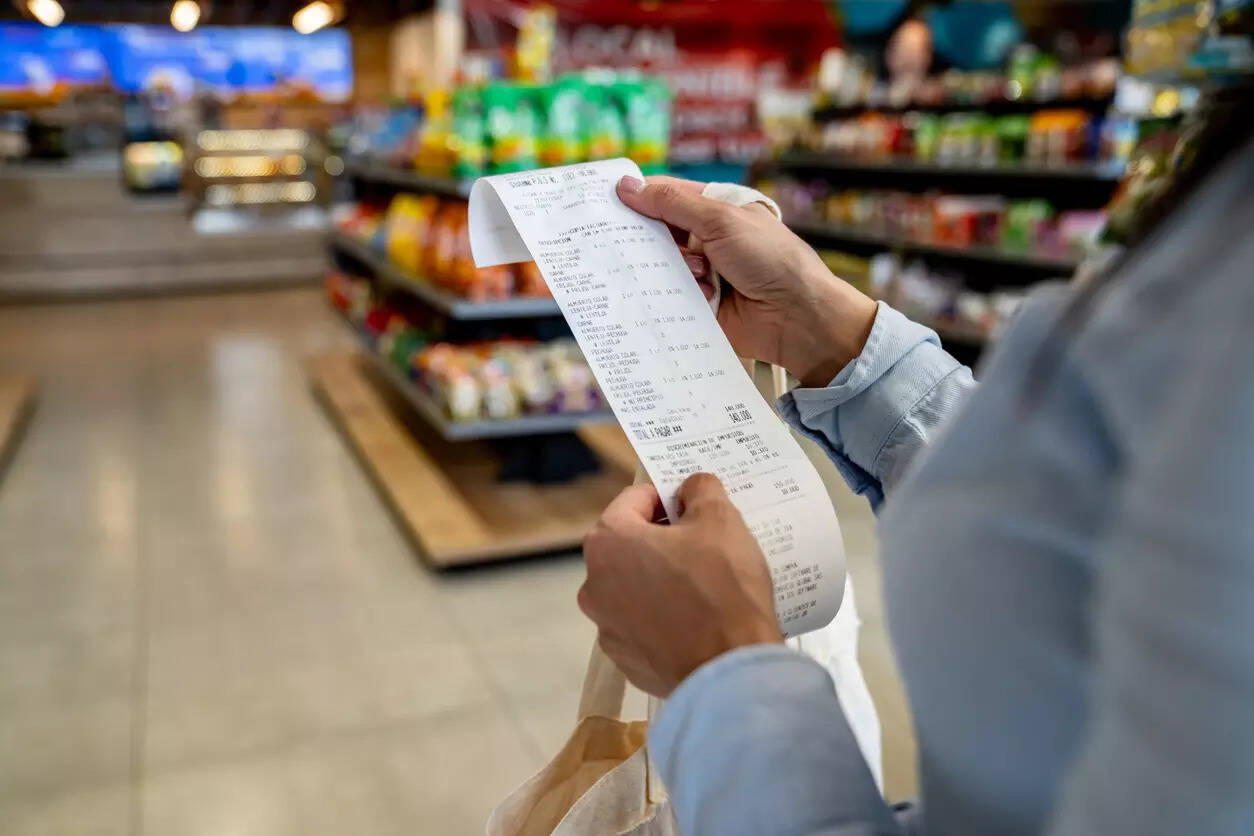
India’s retail inflation eased to 1.5 per cent year-on-year in September, lowest since June 2017, driven primarily by a decline in food prices, official data released Monday showed. This marks the second time inflation stayed below the central bank’s target rate of 2-6 per cent. It was 1.6 per cent in July.
Economists expect retail inflation to fall further, brightening prospects of a rate cut.
The Consumer Price Index (CPI) based inflation was 2.1 per cent in August and 5.5 per cent in September 2024.
“Easing of inflation was supported by a favourable base effect and moderation in food prices,” said Rajani Sinha, chief economist at CareEdge Ratings.
Food inflation remained in negative territory for the fourth consecutive month, falling by 2.3 per cent in September, lowest since December 2018. It had declined by 0.6 per cent in August.
“Inflation could inch below 1 per cent in October supported by goods and service tax (GST) rate cuts and lower food inflation,” said Sakshi Gupta, principal economist at HDFC Bank.
India Ratings and Research (Ind-Ra) also expects inflation to be around 1 per cent, a new low in the 2011-12 series. Earlier this month, the Reserve Bank of India‘s Monetary Policy Committee (MPC) kept the policy rate steady at 5.5 per cent. Economists expect a rate cut in December policy meeting.
Gupta said, “If growth momentum disappoints – based on high frequency indicators during the festive season, possibility of a 25 basis points cut in December remains high.”
Average inflation in the second quarter of FY26 was 1.7 per cent compared to RBI’s estimate of 1.8 per cent.
Effective September 22, the GST council approved a shift to two-slab structure (5 per cent and 18 per cent), lowering tax rates on various household items and consumer durables.
Radhika Rao, executive director at DBS Bank, said, “Growth and pipeline headwinds are likely to matter more to the central bank than the price outlook at this juncture, with the dovish commentary in October leaving the door open for a rate cut by the end of 2025.”
Rural inflation slowed to 1.1 per cent year-on-year in September compared to 1.7 per cent in August, while urban inflation fell to 2 per cent from 2.5 per cent over the same period.
Out of 22 major states and union territories, nine recorded a higher inflation than the national average. Kerala led with 9.1 per cent inflation, followed by Jammu and Kashmir (4.4 per cent), Karnataka (3.3 per cent), Punjab (3.1 per cent), and Tamil Nadu (2.7 per cent).
Vegetable prices fell 21.4 per cent year-on-year in September, while pulses inflation was down by 15.3 per cent. Onion prices dropped by 49.9 per cent, while potato prices fell by 37.3 per cent. Tomato prices declined by 6.1 per cent.
Within food, oils and fats recorded the highest inflation of 18.3 per cent. “This has been pushed up by higher global prices and depreciating rupee,” said Madan Sabnavis, chief economist at Bank of Baroda.
Core inflation, however, rose to a two-year high of 4.5 per cent in September, mainly due to higher gold prices. Gold inflation was at 46.9 per cent in September.

